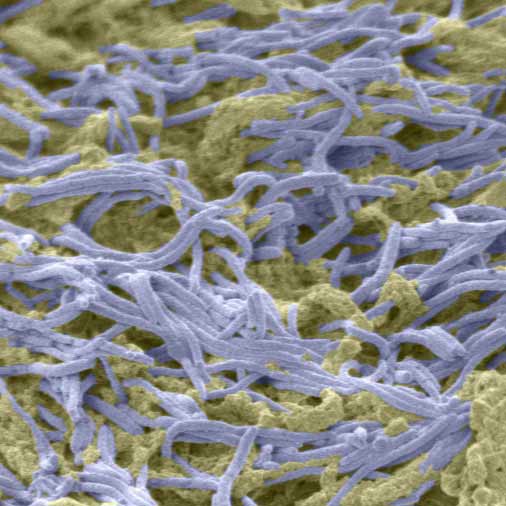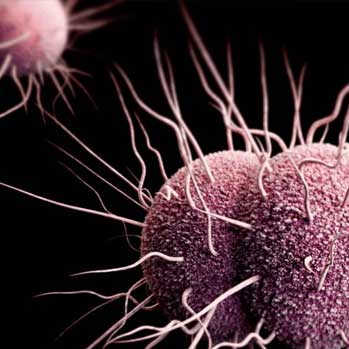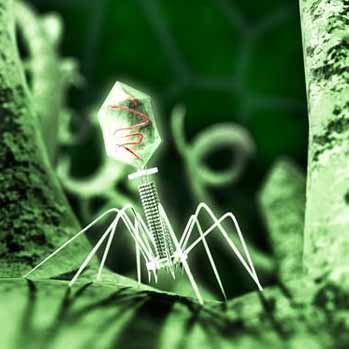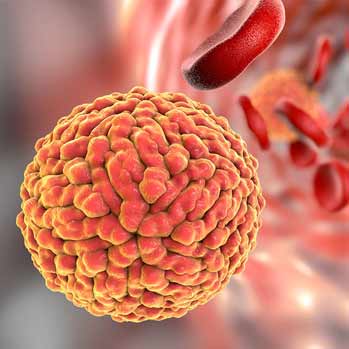N. fowleri can invade and attack the human nervous system. Although this occurs rarely, such an infection nearly always results in the death of the victim. Naegleria fowleri ( /nəˈɡlɪəriə/; also known as “the brain-eating amoeba”) is a free-living excavate form of protist typically found in warm bodies of fresh water, such as ponds, lakes, rivers, and hot springs. It is also found in soil, near warm water discharges of industrial plants, and minimally chlorinated swimming pools (there is no evidence of this organism living in ocean water) in an amoeboid or temporary flagellate stage. It belongs to a group called the Percolozoa or Heterolobosea. Although not a true amoeba, the organism is often referred to as an amoeba for convenience.
Related services

Biofilms – Version 8.0
Biofilms – Version 8.0 is based on decades of research and has over 1200 biofilm frequency sets.

Chlorovirus ATCV-1 – Version 1.0
US researchers have come across a virus that may make us stupider—and it’s turning up in the throats of otherwise-healthy people

Gonnorhea – Version 2.1
Research on biofilms during the past two years has surfaced multiple strains of gonnorhea. This infection is widespread and may be latent for decades with serious consequences.

crAssphage (Stealth Fat Virus) – Version 1.1
Researchers at San Diego State University have discovered a gut virus that exists in more than half of the world’s population, and plays a key role in the onset of conditions including obesity and diabetes.

Zika Virus – Version 2.1
This release has hundreds of updates and many new viruses that are now found along with the Zika virus.
